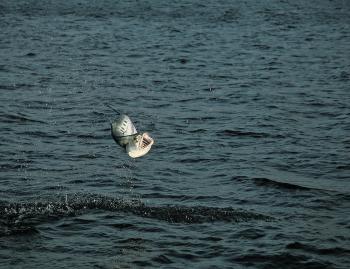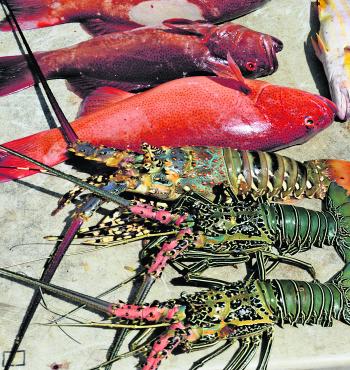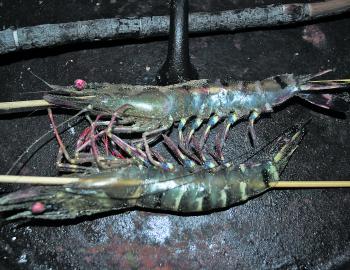Gone are the haphazard highs and lows of the wet season build up. We are now into proper wet time and any river or creek that is not pumping out a little fresh water by now is in the grips of a poor wet. Some great early rains right across the Top End and Far Northern Queensland have got the New Year off to a great start.
Those who have learnt to follow the big fresh down as it joins the saltwater near the mouth will be picking up some trophy barra this time of year, trolling lures through the dirty water in the downstream section of the some of the major west coast rivers.
Queensland anglers spend much of their time fantasising about the run-off fishing experienced in the Northern Territory over the coming months. The truth is that much of Cape York, especially the wetland studded west coast is inaccessible at this time of year. Mostly confined within an indigenous land ownership framework with limited access, next to no road network and severely waterlogged, these are tough waterways to reach in the middle of the wet.
Crossings up and down the Cape will produce sooty and coal grunter at this time of year as the fish move upstream into some of the smaller creeks and expanded rives.
Saratoga will shed their offspring to populate tiny pockets of water such as lagoons, lily lined backwaters and isolated billabongs. Their unusual habit of the tiny fry being nurtured in the male fish’s mouth late in the dry season ensures readiness once the rains fall. In this manner, the tiny fish can populate the tiniest of backwaters.
February will be a very important month for barramundi stocks, particularly throughout the larger floodplains of the west coast. From the Mitchell River in the southern Cape all the way up to the Jardine in fart northeast, solid rains will correlate directly with increased barra numbers spilling out of and back into the major river systems.
February is usually a good month for those fishing the river mouths and inshore bay areas looking for pelagic species. Turbid waters and afternoon onshore winds will usually mean dirty water and bait schools driven well off shore. Finding a current line where fresh and saltwater meet is one way of counteracting this trend. Fishing with deep diving lures and vibes close to the bottom will see species such as grunter, black jew, barra, queenfish and threadfin salmon amongst the species list.
Offshore will be a case for picking the pockets of weather and will depend on the monsoon trough and its alignment across the far north. This is well and truly cyclone season and if a battering for some part of the coast is not occurring as you read this, one will certainly be imminent. Freshwater and flooding are what make Cape York thrive as a fishing destination and a tumultuous wet season is a great start to the year.
Slick conditions most mornings will allow offshore anglers to target blue water species of every kind on the wide reefs and shoal patches.
Fishing shallow divers, surface lures and plastics over shallow reef ground will yield all sorts of surprises if the weather is sweet and those reef patches can be made out against a stormy grey backdrop.
• For information on remote charter operations for tailored fishing adventures, please email Tim on --e-mail address hidden--
Reads: 938
A solid queenfish hits the air out wide of the fresh plume.

A great haul of reel species taken out wide.

A nice barra takes to air in run-off waters of the Cape’s west coast

Prawns can be caught with a cast net in the shallows during floodwater run-off.

Small black jew like this can be taken from deep stretches of river.




